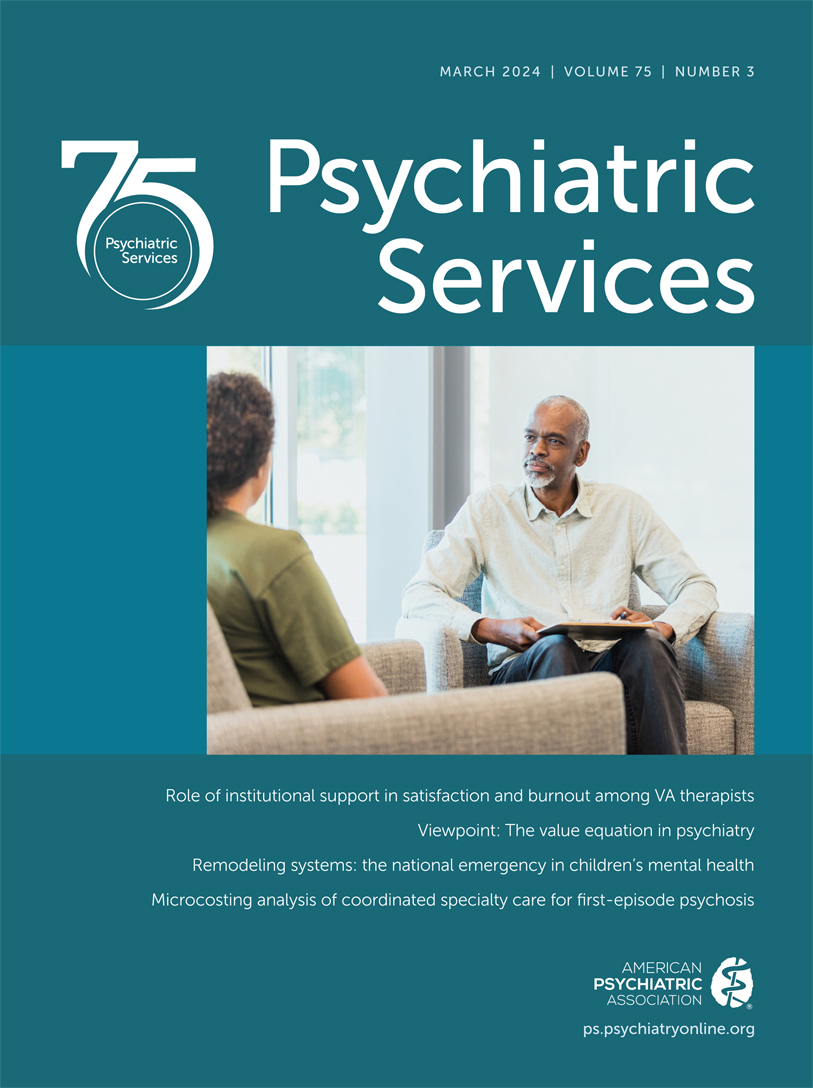Health Services Use Among Children With Prenatal Substance Exposure or Neonatal Abstinence Syndrome
Abstract
Objective:
Infants with prenatal substance exposure or neonatal abstinence syndrome (NAS) use health services more often than other children; however, little is known about their use of mental health services and psychotropic medication.
Methods:
The sample (N=1,004,085) consisted of infants born in 2016 in 38 states who were followed through the fifth year of life and enrolled each year in Medicaid or the Children’s Health Insurance Program. Infants with prenatal substance exposure or NAS were identified with ICD-10 diagnosis codes; procedure and revenue codes documented their service use.
Results:
Rates of any mental health visit and of psychotropic medication use were higher among infants with prenatal substance exposure or NAS compared with infants without either condition; these patterns persisted during most years of the 5-year study.
Conclusions:
Infants’ elevated mental health services use through their first 5 years of life highlights the importance of early screening and subsequent engagement in school-based mental health interventions.
Access content
To read the fulltext, please use one of the options below to sign in or purchase access.- Personal login
- Institutional Login
- Sign in via OpenAthens
- Register for access
-
Please login/register if you wish to pair your device and check access availability.
Not a subscriber?
PsychiatryOnline subscription options offer access to the DSM-5 library, books, journals, CME, and patient resources. This all-in-one virtual library provides psychiatrists and mental health professionals with key resources for diagnosis, treatment, research, and professional development.
Need more help? PsychiatryOnline Customer Service may be reached by emailing [email protected] or by calling 800-368-5777 (in the U.S.) or 703-907-7322 (outside the U.S.).



